I Went to a 'Masked Singer' Taping and It Was Like Visiting a CIA Compound
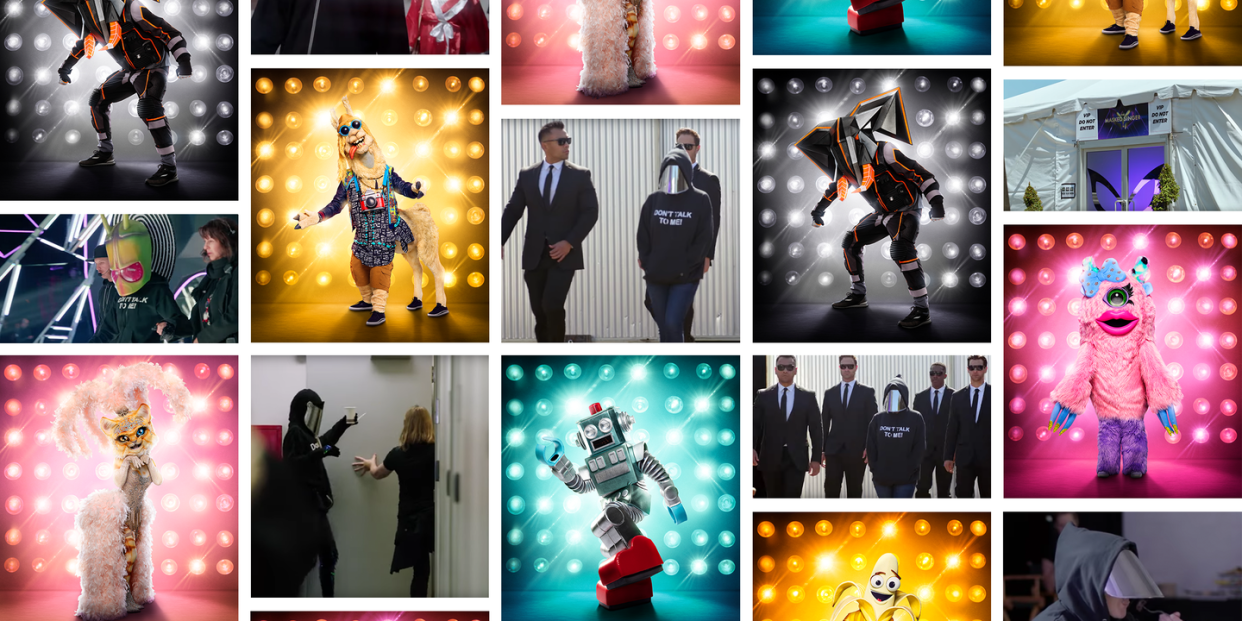
It's just past 10 o'clock on a chilly January morning, and I'm shivering alone in a dark tent. There's nothing in here with me but four neat rows of folding chairs and one unopened case of water bottles. I feel inclined to check my phone, but then I remember it's being held hostage by a security guard in a Yondr case that only he can unlock. I'm told someone is going to escort me "inside" when it's time, but meanwhile, I need to stay put.
It might sound like I'm on some top-secret CIA mission, but no — my host is the press department of The Masked Singer, which made me sign an NDA, flew me out to Los Angeles, put me up in a hotel, and delivered me to the CBS Television City studio complex so that I can experience a taping of the hit Fox singing competition, now in its third season.
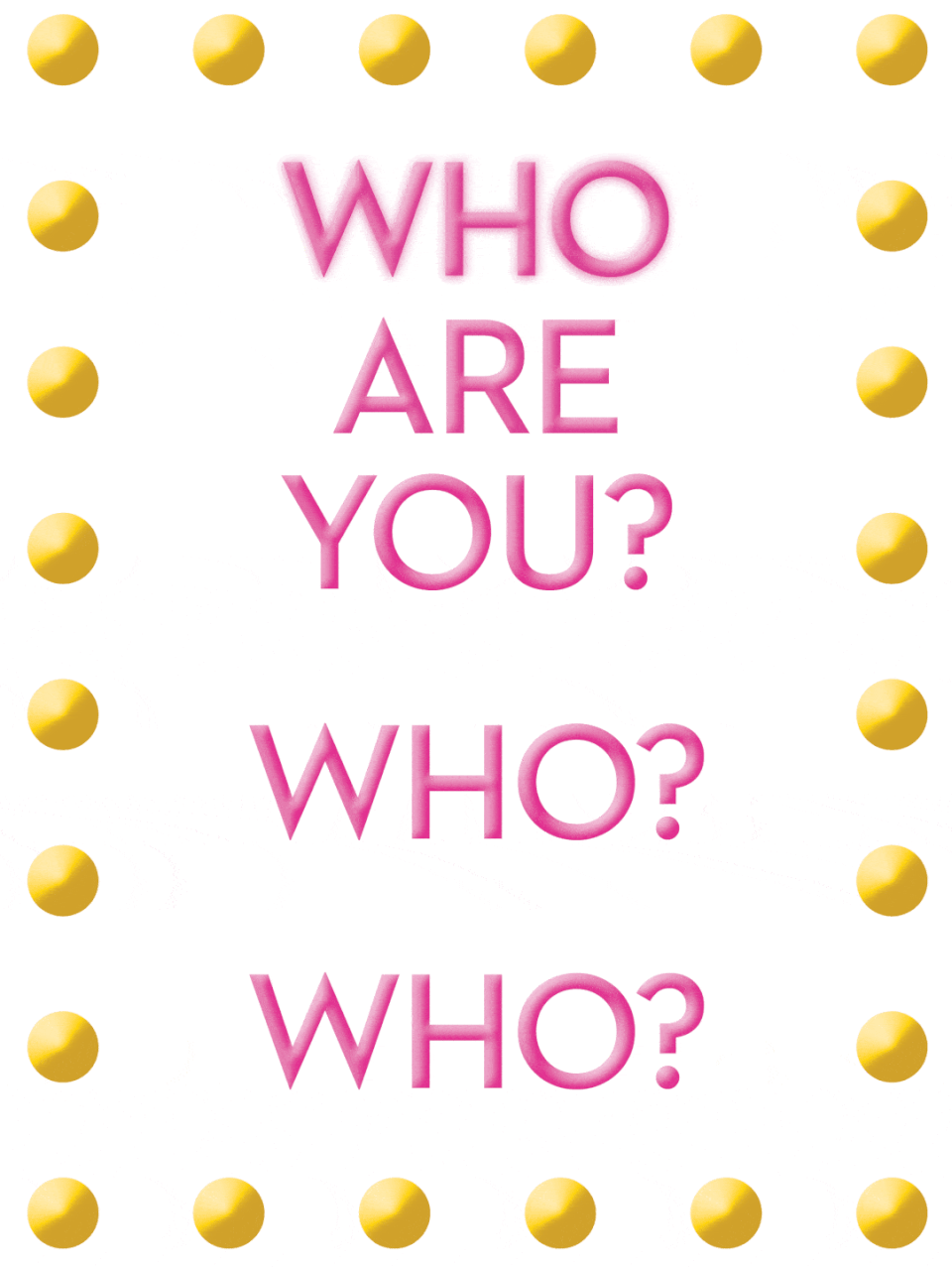
But if you've ever watched The Masked Singer, you know that it isn't really a singing competition. Sure, celebrities like Tommy Chong belt out "I Will Survive" while wearing anthropomorphic pineapple heads, but the real draw of the show comes at the end of each episode, when The Who's "Who Are You?" blasts for 30 seconds and the heads come off to reveal who's been behind the mask the whole time. And when I say that everyone who works on The Masked Singer is obsessive about keeping the contestants' identities top secret, trust that I mean they're really, really obsessed.
As I sit in the tent, which is propped up in a quiet parking lot, I can hear Masked Singer crew members (and possibly talent) shuffling around outside. I fight the urge to pry the Yondr open with my pen and check my texts. I tell myself that the next five hours will be a healthy technology detox for me.
"Alright, we're all set!"
An audience manager leads me and the other press guests to a massive 380-person studio and instructs us to sit in a special section off to the left of the stage, about five rows up. Meanwhile, non-press viewers begin slowly funneling in after security guards tape over their phone cameras with a special red sticker and send them through a metal detector.
After everyone is seated, an audience warm-up comedian named Jay Flats appears and starts cracking jokes, encouraging viewers to scream and cheer as loudly as possible so that the cameras can catch aerial audience shots. The woman next to me doesn't seem super enthusiastic at first, but eventually she can't help but crack up when we start doing cheesy pre-recorded chants for the Banana and the other Group B characters (Elephant, Kitty, Mouse, Taco, and Frog).
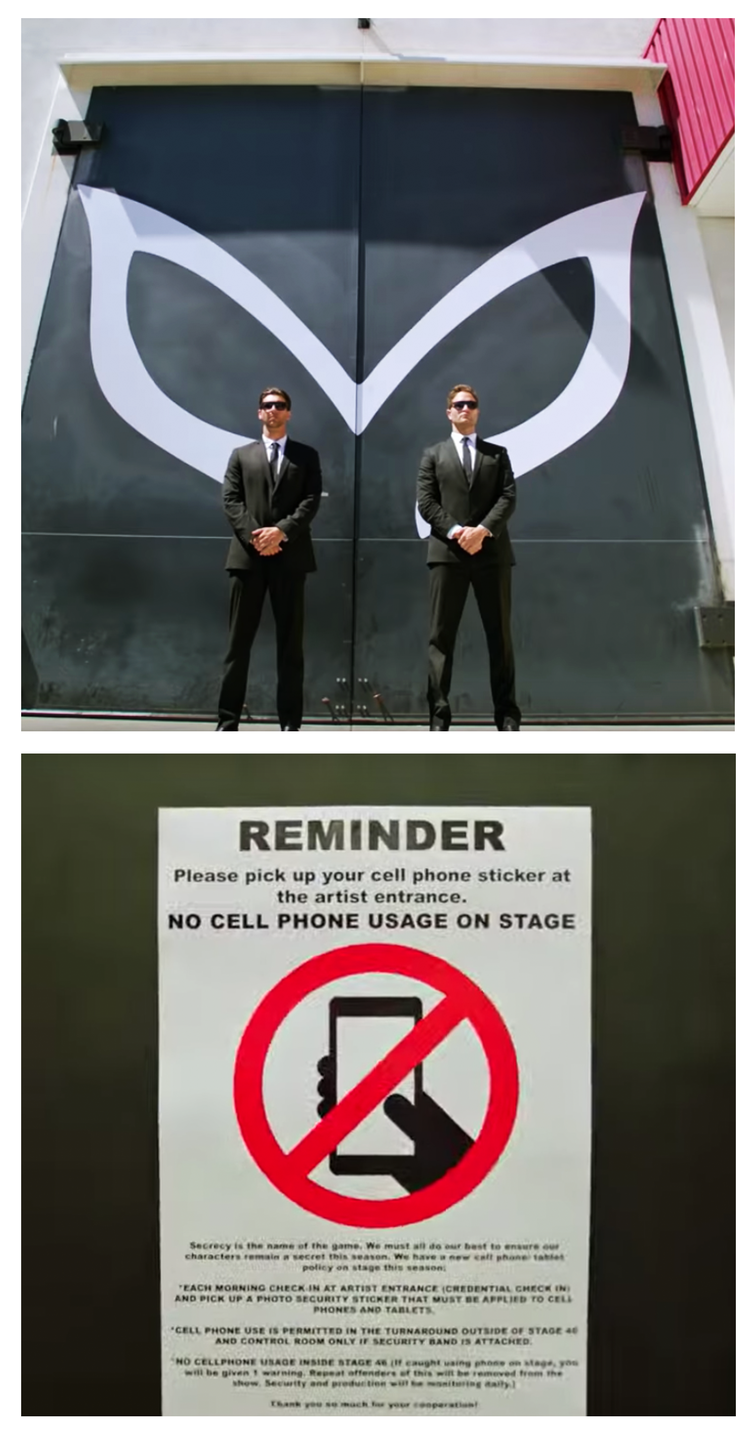
When the stage manager announces that they've got all the shots they need, the judges file in and take their seats, perched high above the audience, and host Nick Cannon comes out, shielding himself with a masquerade mask. Nick rattles off his intro lines (full of groan-worthy puns) and presents the first character of the day, the Banana.
Moments after the Banana confidently waltzes onto the stage, the crew starts rolling out performance props and the clue package begins to play on a giant monitor. The judges watch intensely and, occasionally, jot down a note or two. And just like that, it's time for the Banana to do its thing.
Alas, the aforementioned NDA doesn't allow me to say much about the performances I watched. What I can say is that the getups are exponentially cooler and crazier in person than what the cameras are able to capture for television. Up close, you can truly see how brilliant Emmy-award-winning costume designer Marina Toybina's work is — the textures of the clothing, the padding to manipulate the celebrity's size, and the rich detail work.
As I watch the Banana sing its heart out on stage, all I can think about is how difficult it must be to perform — much less breathe — in Marina's heavy-looking designs. But when I talk to her later, she assures me that a costume's breathability is paramount during the two-and-a-half process of sketching and creating the looks. In lieu of wood and metal, she and her team craft the costumes from deceptively light materials like foam and paint. And during every performance, you'll find Marina waiting backstage, supplies in tow, to make sure there are no overheating or air issues, like there was during the first season.
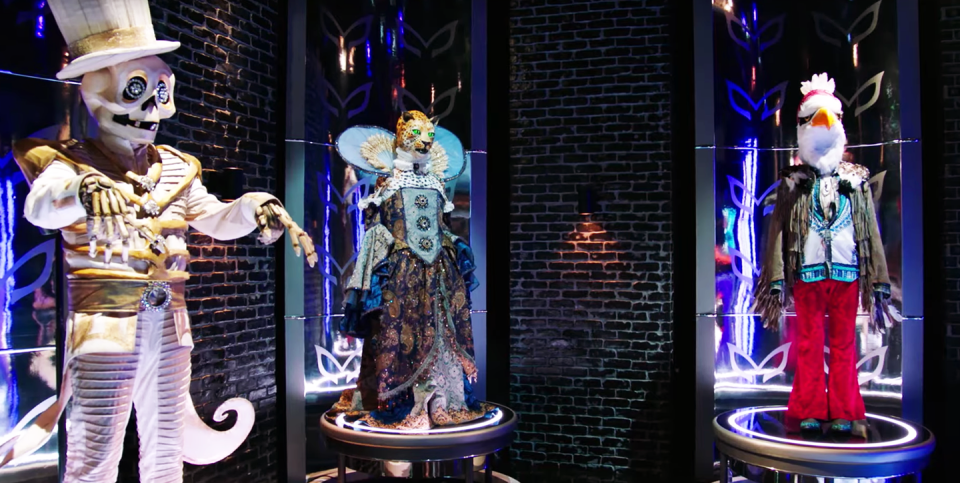
"A big issue for me was building the Monster costume [for T-Pain] for season 1 and thinking that we were okay with all the openings and all the proper requirements for the mask," she explains. "Halfway through one performance, we realized that there wasn’t enough of an airway to be able to sing through it." She had 24 hours to ventilate the costume and fix the problem.
But now that she's three seasons in, Marina feels like she's mastered the art of balancing design and practicality, for the most part — and I would agree, judging by the Banana's nimble movements.

Once the Banana exits the stage, the taping falls into a rhythm that aligns with the flow of what we see on TV: Nick introduces the next character, the stage crew preps the stage for the performance, the clue package is shown, the character performs, judges Ken Jeong, Robin Thicke, Jenny McCarthy, and Nicole Scherzinger shout out their guesses, Nick says his lines for a commercial break, and the crew cleans up the set.
After going through this cycle with the Banana, Elephant, and Kitty, I decide to sneak out for a quick bathroom break, not realizing that my absence would trigger a panicked chain reaction among the backstage security team.
In part, it's an issue because the show needs the studio to look completely full while filming certain shots. But the other problem, a security guard explains to me as I walk out of the bathroom, is that I could accidentally step in front of a camera on the way back to my seat or, worse, wander around backstage by myself and see something (or someone) I shouldn't. Suddenly, another woman wearing a headset is walking me back to my seat and explaining that I should "probably" ask to go to the bathroom next time. Hall passes in high school all over again.
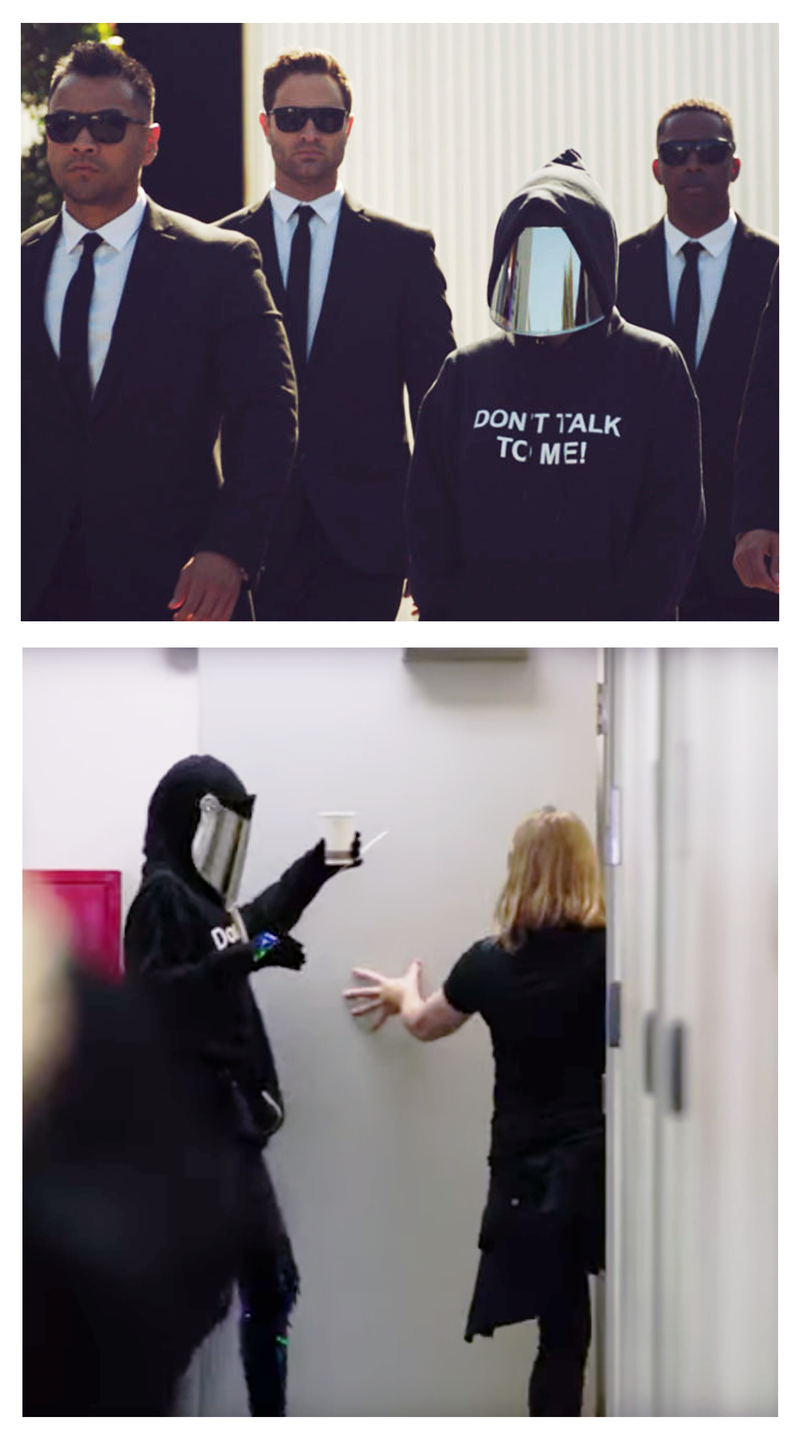
The bathroom incident is but a microscopic example of the show's CIA-level protocol, or as Jenny McCarthy likes to call it, "Game of Thrones finale-strict security." I feel better once she tells me that she, too, must deal with an austere set of rules. Jenny says that when she arrives on set each day, she, Nicole, Robin, and Ken are kept on completely different sound stages, away from the contestants, to eliminate any possibility of accidentally running into each other. The one time Jenny did spot a contestant walking into the studio, it didn't provide her with any hints — the celebrity was covered up from head-to-toe, wearing a black motorcycle helmet, gloves, loose pants, and a "Don't Talk to Me!" sweatshirt.
Yes, really. As I soon learn, it's not just the celebrity that has to hide — their publicist, family members, and whoever attends a taping with the talent must also be covered up when arriving to and walking around the studio, according to showrunner Izzie Pick Ibarra. No excuses, end of discussion.
"I went full FBI," Izzie asserts. "No one is allowed to talk to [the celebrities] from the team, so most of production don’t know who they are, most of my team don’t know who they are ... we only ever refer to them by their costume names."
Executive producer Craig Plestis — one of the estimated 20 people who know the celebrities' identities each season — tells me that these strict policies make it challenging for the talent.
"They can't talk at all, which drives them crazy. I’ll go to their dressing room and they’ll want to talk for five hours, and I gotta go back and work on the show ... they’re just inside their head for the whole time."
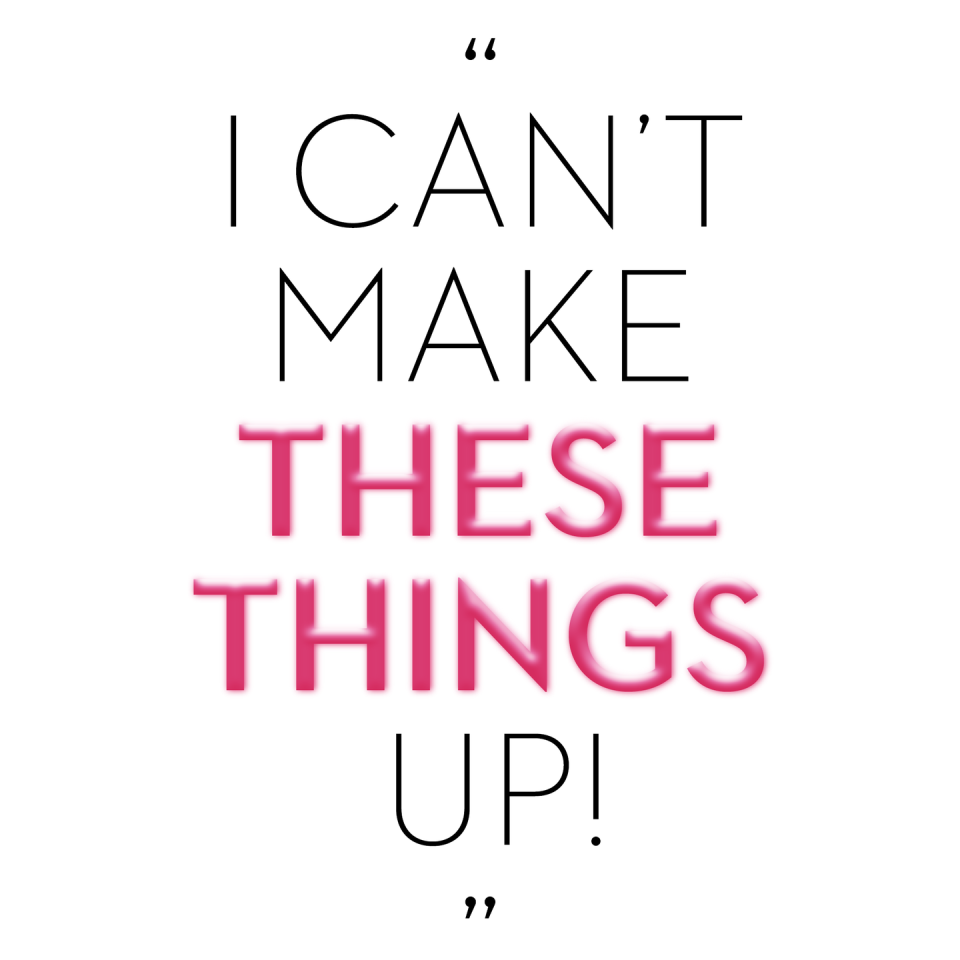
Adrienne Bailon Houghton, a.k.a. the Flamingo in season 2, says that the silence was actually "calming" for her, though not talking during rehearsals was still a struggle. If she had a question or issue, the room had to be cleared or she had to raise her hand and have one of the "five or so" producers who knew her identity come over for a chat. Hilariously, she says that those folks wear "You Can Talk to Me" shirts on set.
"I can't make these things up," Adrienne says about all of the security measures.
And that's only the beginning of the craziness the contestants encounter. When Adrienne first came on the show, she recalls signing a "very, very confidential, very serious NDA." She then went to a "secret warehouse" to brainstorm with producers about her character and costume. From then on, she was only referred to as "Flamingo" on set, phone calls, or emails associated with the show.
"An unmarked car service picks you up, so that no one can say 'Oh we know so-and-so drives [this car]' or whatever the case may be," Adrienne reveals about getting taken to and from The Masked Singer studio. "They literally make sure all the cars are black cars, unmarked, you never know who it is."

Many of these secrecy initiatives came from Craig, who picked them up while visiting the sets of the Thai and South Korean versions of the show. In fact, it was the Thai program that made the American version possible. Craig was first introduced to the franchise when he was out to dinner with his wife and daughter at a restaurant in Studio City, Los Angeles.
"The moment we sit down, my daughter says, 'Dad, take a look at what’s on the TV set.' [And I said], 'I don’t want to look at a TV set.' And she says, 'No, you better look at it right now,'" Craig remembers.
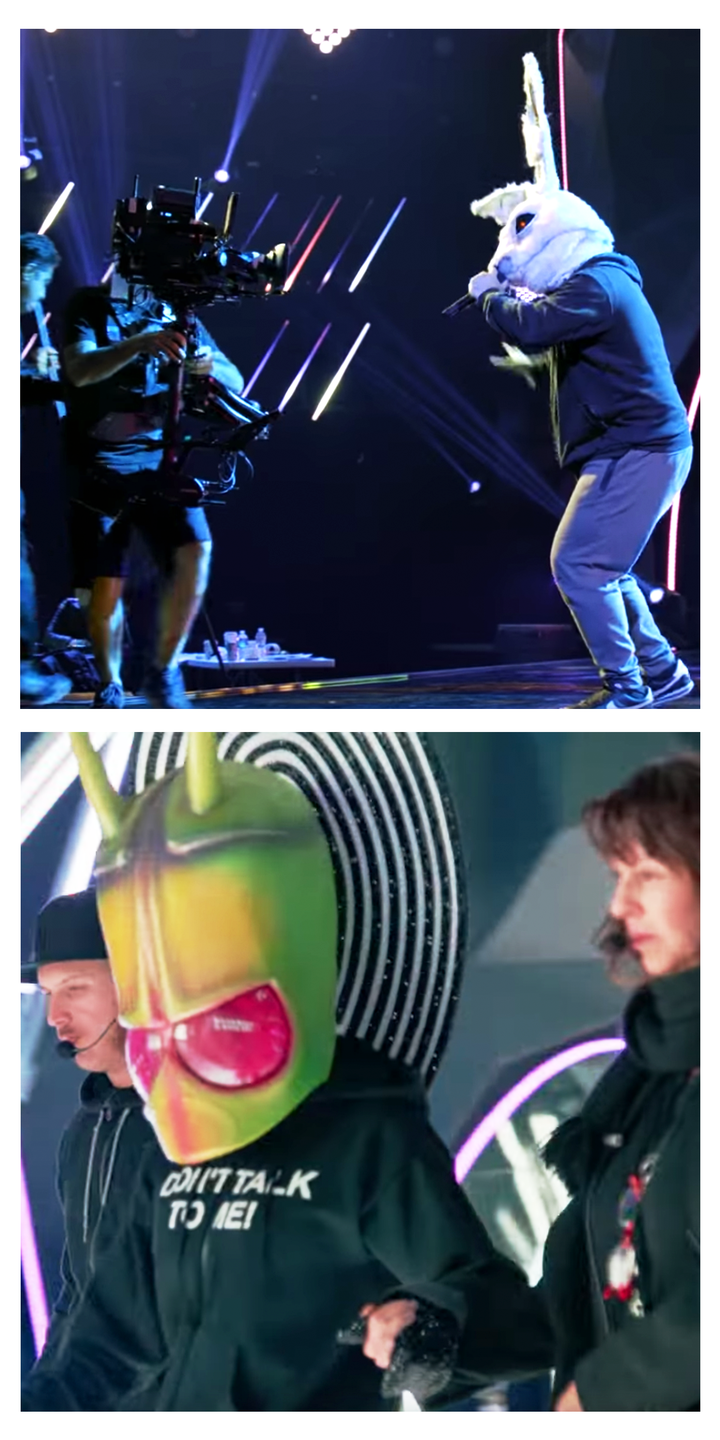
Reluctantly, he turned around and saw a black pleather-covered kangaroo dancing on a stage. He was intrigued and confused — and noticed that every person in the restaurant had stopped eating to stare at the TV. Some iPhone Googling helped Craig figure out that the Thai version of The Masked Singer was entrancing them all.
"Now, I didn’t even want to eat, I just wanted to track down who had the format."
After dinner, he contacted his agent immediately and worked on a pitch over the next few days for Rob Wade, President of Alternative Entertainment at Fox. Craig says Rob was "scared" by it, but saw the vision for the show right away. Rob gave it his blessing so long as Craig and his team could cast enough A-list celebrities willing to do it.
By January 2018, Izzie had gotten involved to help "Americanize" the format and aid in the casting process. Unlike the current U.S. version, the original King of Masked Singer in Korea asks veiled competitors to sing one-on-one in three elimination rounds. The winner of the third round faces the previous night's Mask King and is either eliminated or becomes the new Mask King. Izzie, however, changed all of this to a format that includes one finite elimination per night, a heavier emphasis on the guessing game, and bigger and crazier costumes.

Back in the studio, it's hour five, and I'm shaking my hips and pumping my arms while the Frog gives its all on the stage. Analyzing the amphibian's voice and dance moves, the woman to my left whispers her guess in my ear. I consider her prediction. "I'm not sure [insert name here] would be fun enough to do a show like this, you know?"
Regardless, I can tell that she and everyone else around me are super pumped about the Frog. After the audience votes for their favorite performers on individual keypads, Jay announces we're in the home stretch of taping this episode of "the #1 show on television."
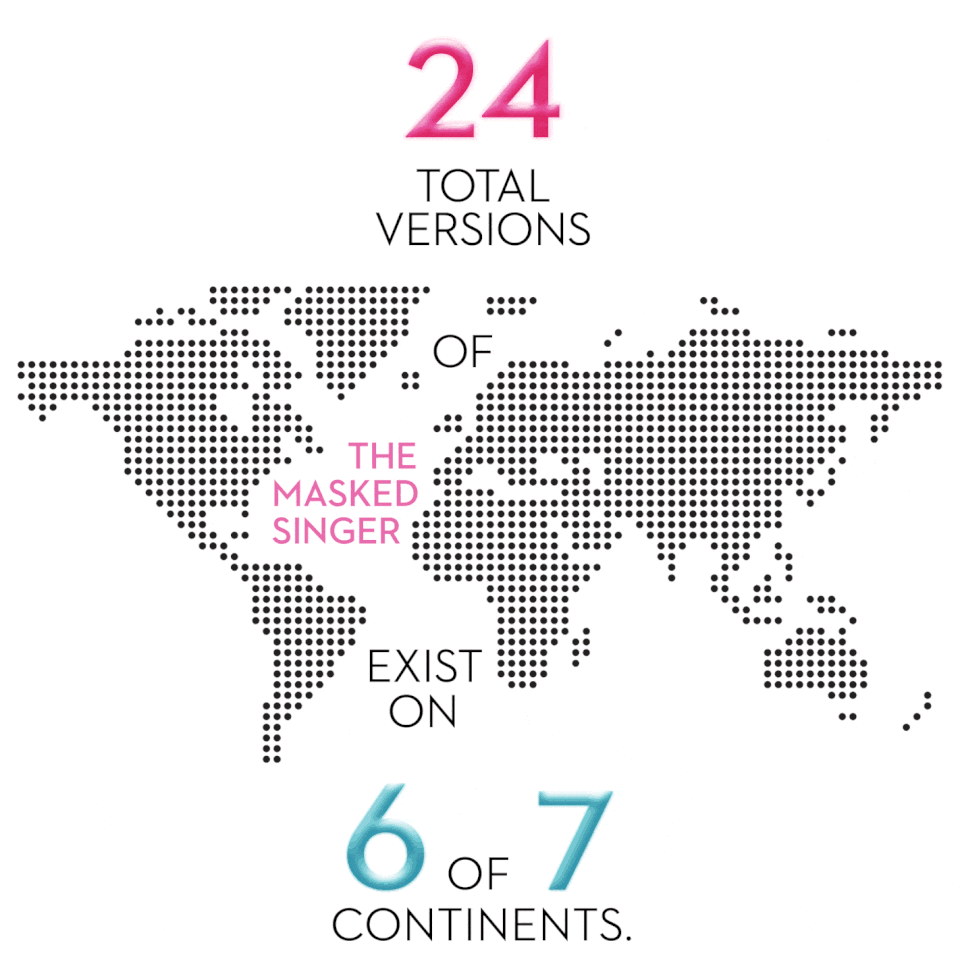
This is a bragging point The Masked Singer team frequently touts, and it's rooted in some impressive statistics. The premiere episode of The Masked Singer set the record for the highest-rated unscripted series debut on any U.S. network in over seven years. Season 1 drew in an average of eight million viewers per week. Two episodes of season 1 landed on the 50 top-rated primetime telecasts of 2019 list, and one landed on the year's most-watched 50 primetime telecasts list. This put The Masked Singer among the ranks of the Super Bowl, the Oscars, and the Game of Thrones series finale in 2019. By comparison, other beloved cable network competition shows — NBC's The Voice and America's Got Talent, and ABC's American Idol — didn't crack either list (though, to be fair, The Masked Singer's newness could be a factor).
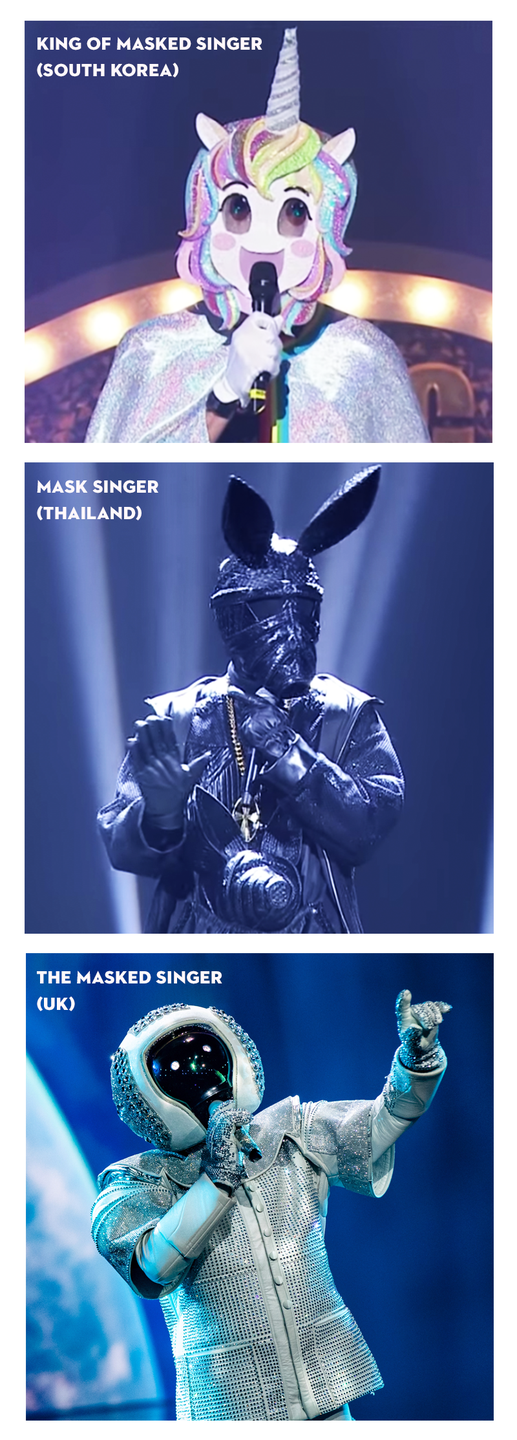
The success of the American show has prompted the launch of 10 new versions: Argentina, Austria, Greece, Hungary, Italy, Portugal, Peru, South Africa, Spain, and the United Kingdom, bringing the grand total number of worldwide versions to 24.
Bandicoot co-founders Daniel Nettleton and Derek McLean, who head up the British version of the show, say that after they saw what Craig and Izzie had done with the format, they knew they had to get their hands on it fast. Several other U.K. production companies were aggressively chasing it down, which made finally landing the rights that much sweeter for the pair.
"I sort of had a feeling in my bones that it was going to be a really big hit, and Dan had the same [feeling]," Derek explains, while Daniel adds that he was "desperate" for the phone call from Derek to say that he "got it."
"It's very rare that something comes along where you just think, 'My god, this is just fun and different and we've not seen anything like this before,'" Derek concludes.

Maybe it's just the freezing temperatures in the room getting the best of me, but in the last few minutes of taping, Jay gives a speech that gives me unshakable chills: We are part of a global phenomenon, he tells us, one that relies heavily on viewers to maintain the sanctity of it. He pleads with us not to blab about the performances we've just witnessed. "Can we do that? Can we continue to keep the secret?" he asks, prompting everyone to erupt into claps and cheers as a sign of our compliance.
Now, it's time for the big reveal — the moment we've been waiting for all afternoon. My heart begins pounding as the energy in the room builds and the eliminated contestant is brought back on stage. The judges reveal their final guesses and it's time for the contestant to "TAKE IT OFF!"
"Who Are You?" starts playing, and we all stand up, emphatically yelling "TAKE IT OFF!" as the contestant wrestles with their mask. A camera person runs on stage to capture a closeup of the eliminated character struggling with the headpiece. This is it, I think as the music speeds up. This. Is. It.
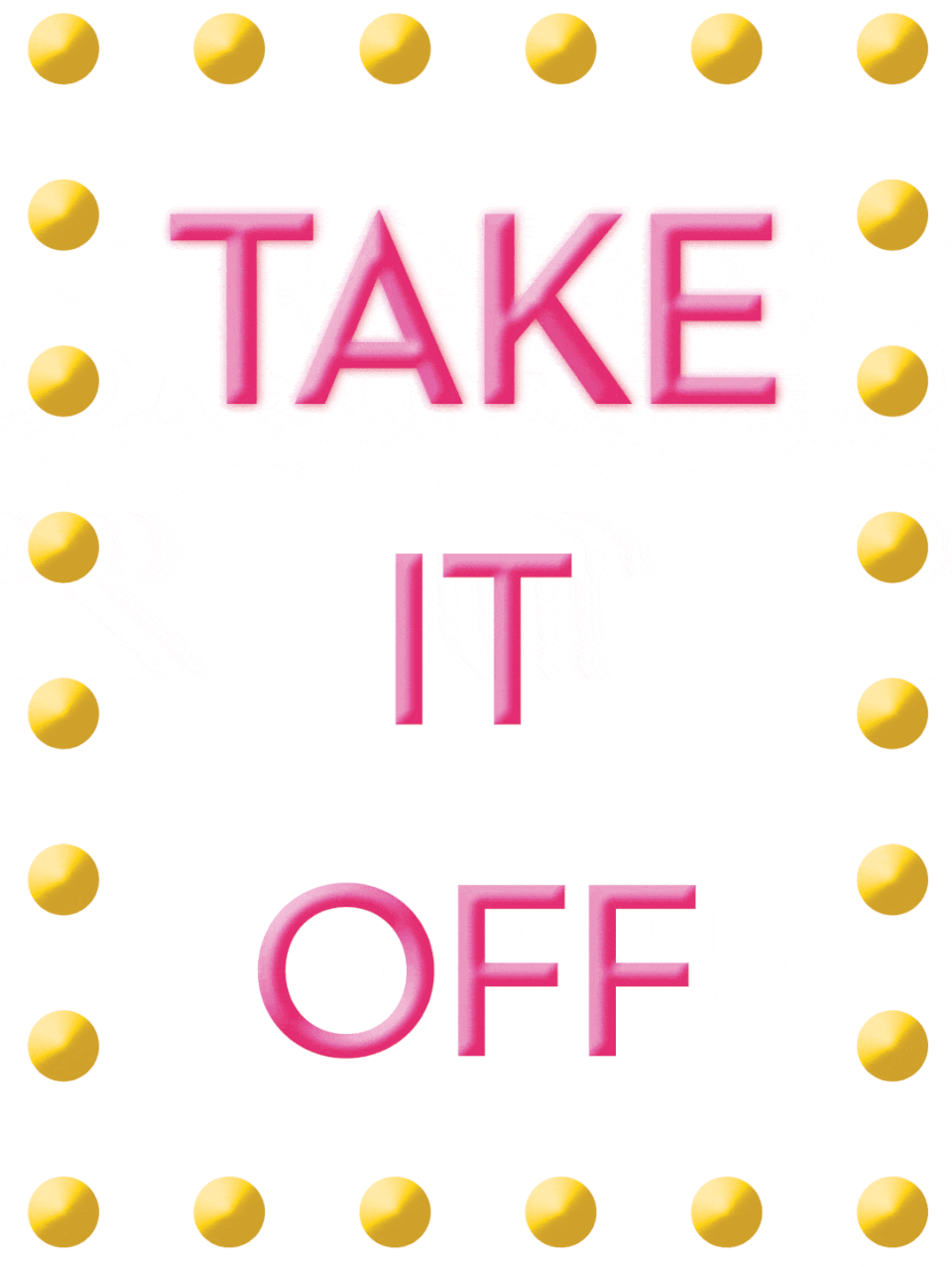
Then out of nowhere, as if the entire set had lost power, the music stops and the masked person ceases to move. Nick and the contestant then walk off without explanation as Jay makes his way back onto the stage. Everyone lets out a collective groan before Jay even says a word. We all know what's coming.
We're not going to find out who's behind the mask.
Instead, Jay tells us that another audience warm-up comedian is going to act out the reveal, and when he raises his hands, everyone has to act like we're shocked to discover who's behind the mask. We do just that. Minutes later, the audience managers thank everyone as we exit the studio. But there's a select 20 or so people at the front of the stage who don't leave. Only these 20 — family members and other top VIPS — are going to see who's behind the mask. The rest of us? It's time to pack up and call our Ubers.
During the car ride back to my hotel, I reflect on my day. The more I think about it, though, the more my disappointment transforms into admiration — look at all that they do to to keep the magic alive. The obsessive lengths the show's team goes to in order to keep the secret is, in itself, a phenomenon worth celebrating. They aren't going to let a power-hungry Redditor ruin it for everyone, no matter how agonizing it is for the in-studio audience.
The security measures aren't just there to protect the show's bottom line — they're also there for me, and the millions of others who watch The Masked Singer as a brief escape from all the stress and bad news we encounter every day. As a dedicated viewer who tunes in every week for a delightful, worry-free hour of fun, I'm thankful for that. But more so, I am thankful to have my phone back.
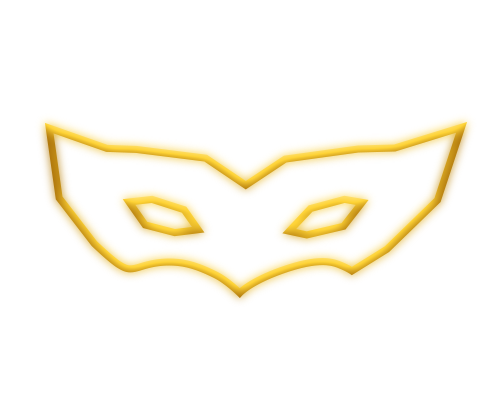
You Might Also Like

